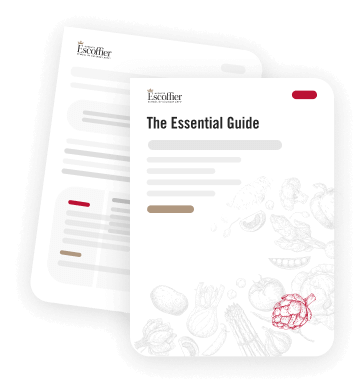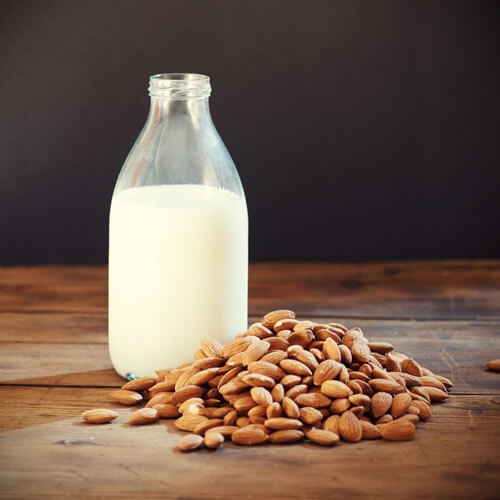How to make almond milk at home

Nondairy milk alternatives have significantly grown in popularity. Some people have difficulty digesting dairy and some just prefer the health benefits of milk alternatives. Culinary school students who like to be creative with their recipes might try using almond milk in their baked goods or other dishes. If you want to try and make almond milk at home, it is a simple process.
Soaking the almonds
You can make milk out of a variety of different types of nuts and seeds. For the purpose of these instructions, almonds have been selected because they are the most popular. If you’d like, you can try this process with cashews, pecans, or pine nuts. Tasty Yummies, a healthy recipes blog, was especially impressed with macadamia nut milk, although it is probably the most expensive option.
You want to start with raw almonds. Soak the almonds in water for at least eight hours, but you can soak them for up to two days. The longer you soak the almonds, the creamier your finished product will be.
Soaking the almonds makes them easier to blend and it provides health benefits. Nuts are traditionally covered in enzyme inhibitors and other possible toxins to protect them during growth. Soaking the almonds helps remove the inhibitors and toxins and allows the body to absorb the nuts’ minerals and nutrients more efficiently.
Blending
Once you have soaked the almonds, rinse them and then add them to the blender with water. The usual ratio is 1 cup of almonds for 3 cups of water but you can experiment. More water will create a thinner final product similar to nonfat dairy milk and more nuts will create thicker creamier milk.
You can also add ingredients for flavor. Some recommend unflavored almond milk for recipes such as salad dressings, soups, baked goods, and smoothies. If you are planning to drink the milk as is or use it for cereal, you might want to add some flavor. Adding vanilla extract and/or honey before blending is a popular choice. You can also try cocoa powder, maple syrup, cinnamon, or fresh strawberries.
Usually, flavoring ingredients are added in the blender but you can soak vanilla beans with the almonds if you wish.
Straining
Once you’ve blended your ingredients you need to strain them. You want to use a nut bag that is specially designed for this purpose. Nut bags are available at a variety of cooking and natural food stores. You could also use a cheesecloth or some other mesh strainer, just make sure it is very fine.
Pour the blended mixture through the strainer and let the nut bag collect the coarser almond meal. Repeat this process until you feel it is has been thoroughly strained. You don’t have to discard the almond meal. The Kitchn, an online home chef resource, recommended drying the meal in an oven and then using it for muffins or oatmeal.
Once you have your almond milk you use it for cooking or drinking. The milk will stay good for about four to five days. Enjoy.


